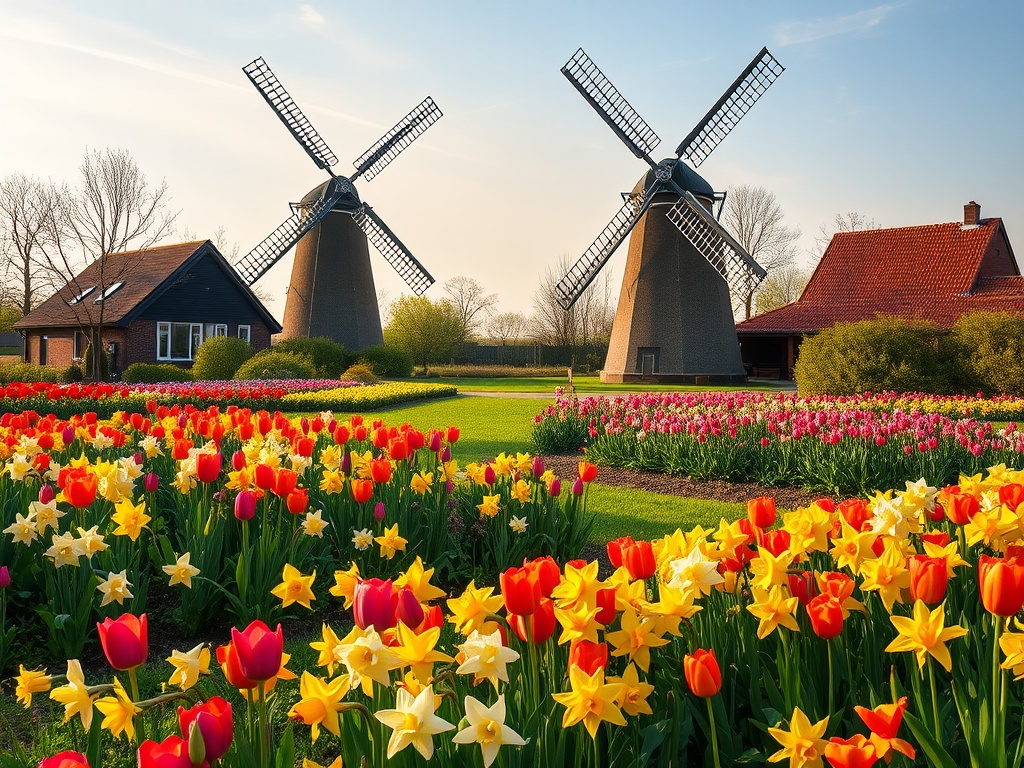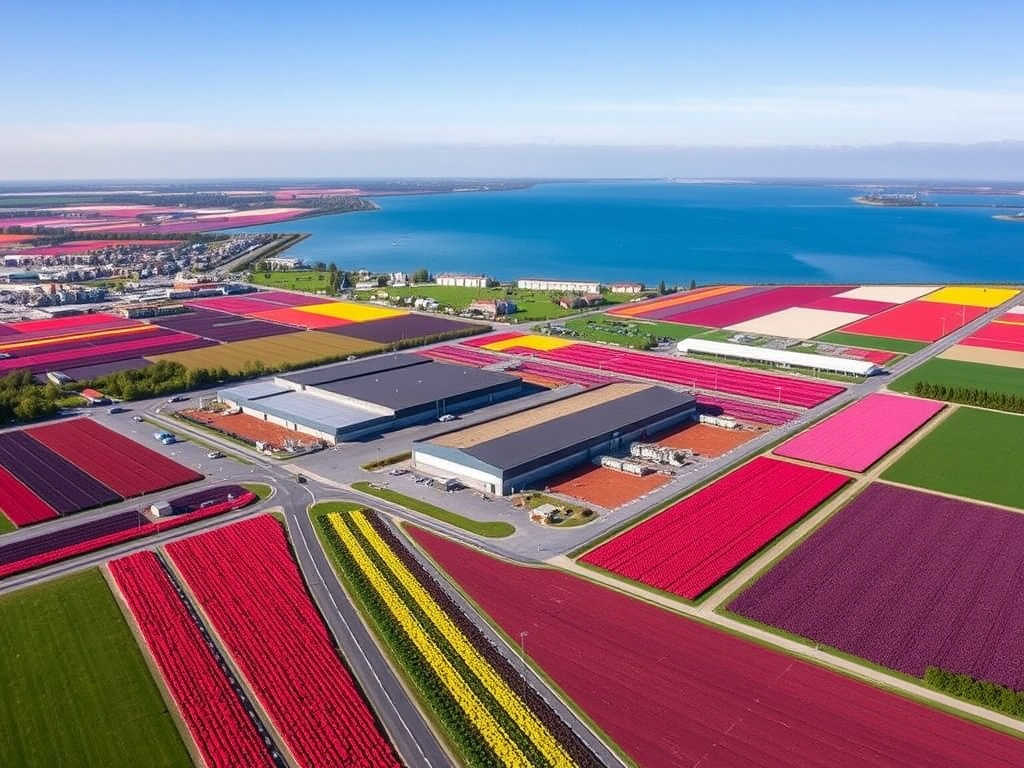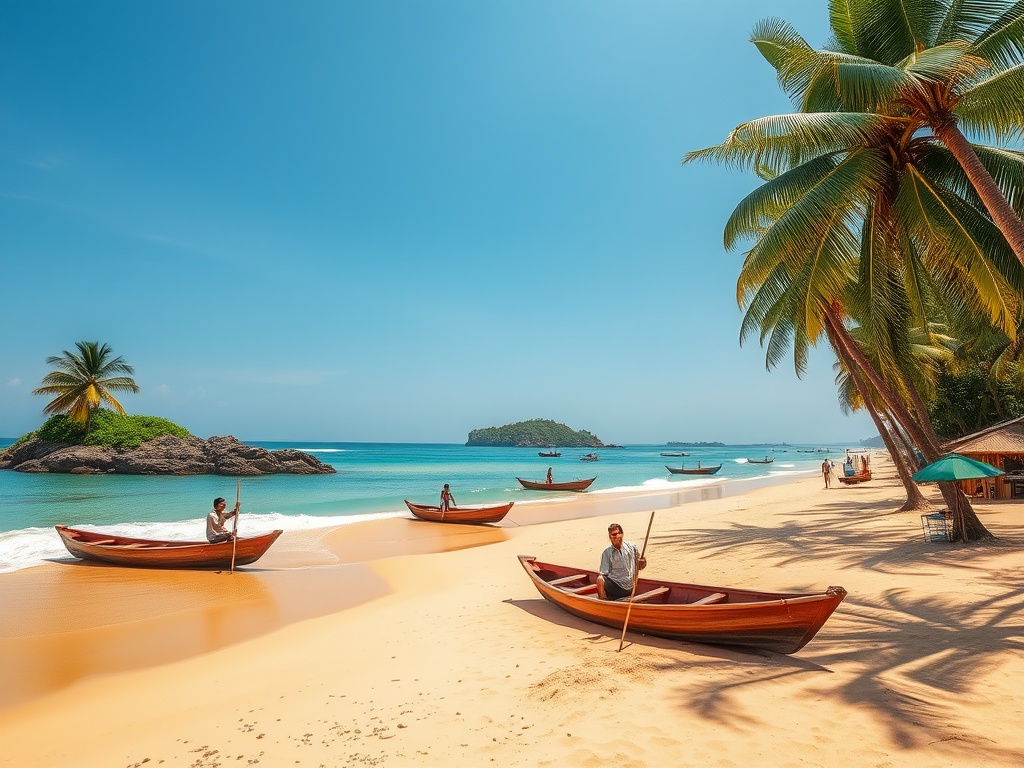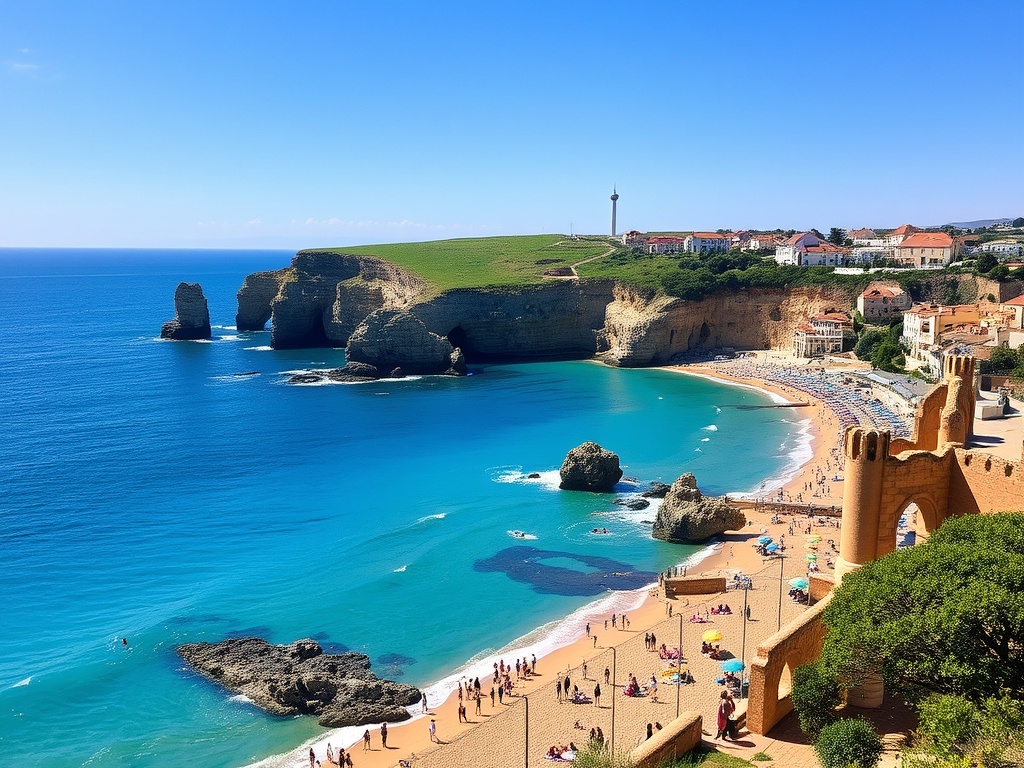Exploring the Serenity of Aalsmeer and Haarlemmermeer

A blanket of grey fog envelops our surroundings as Henk van Leeuwen, my Dutch skipper and guide, expertly navigates our motorboat through the tranquil waters of Westeinderplassen, the largest inland lake area in North Holland. With only one sailing boat, a solitary fisherman, and a handful of ducks, herons, and moorhens accompanying us, the atmosphere is eerily serene as we glide past charming houseboats, a lively yacht club, and picturesque marinas.
During the summer months, Van Leeuwen and his team offer guided tours of the lake, operating up to four excursions each day, while a flurry of boaters enjoy the waters. However, a boat isn’t necessary to experience this enchanting area. At one end of the extensive lake complex lies Aalsmeer, conveniently located just 45 minutes from Amsterdam via train and bus, or a mere half-hour by car.
“In peak seasons, you’ll see people sailing to and from Amsterdam, with the journey taking about two hours,” explains Van Leeuwen. With the recent resumption of direct Eurostar trains between London and Amsterdam, there are fewer stops along the route, making travel more accessible.
Aalsmeer, often referred to as the flower capital of the world, is home to a sprawling flower auction that covers an area equivalent to approximately 200 football fields, showcasing stock from around 50 different countries. This auction runs throughout the year and welcomes public visitors eager to witness the floral spectacle.
As we navigate the lakes, we weave through a labyrinth of around 300 islands—each a tiny garden adorned with shrubs and the occasional wooden bench or shed. “All these islands were utilized for horticulture until 1960, when it became popular to own your own island by the lake,” Van Leeuwen shares. He purchased his island for €7,000 twenty-five years ago, and estimates its current value to be three times that amount. However, construction is prohibited on these islands, which means visitors often arrive by boat to relax in their own private gardens.
As our one-hour boat trip nears its conclusion, Van Leeuwen points to another lush isle. “That’s the community island where visitors can stay for free for 48 hours. It accommodates about 30 boats,” he explains.
Despite the growing number of visitors—both domestic and international (with Aalsmeer attracting around 65,000 tourists annually, primarily from the Netherlands)—Van Leeuwen expresses his contentment with his current lifestyle. “I don’t aspire to build a large company,” he admits, revealing that he also moonlights as Sinterklaas, the Dutch version of Saint Nicholas.
As we disembark from the boat, I inquire about what he cherishes most about Aalsmeer. “It’s a close-knit community,” he responds. “My family has lived here since 1630. It truly feels like a village.”
The history of flower trading in Aalsmeer dates back to around 1910. On a typical weekday, approximately 43 million flowers and five million plants change hands in this bustling hub. However, the atmosphere shifts to a quieter vibe in the Historical Garden, where I learn about Aalsmeer’s evolution into a horticultural paradise—beginning with tree cultivation around 1600, transitioning to strawberries by 1800, and ultimately focusing on flowers and lilac trees. By 1970, the region was largely filled with greenhouses, many of which have now been converted into storage facilities.
Aalsmeer also boasts the Flower Art Museum, which opened its doors in 2018. Outside, director Constantijn Hoffscholte showcases a wall adorned with tiny pictures. “During Covid, we invited people to submit flower-themed images, and we received an impressive 35,000 submissions,” he reveals.
A visit to the region would be incomplete without understanding its unique geography, so I venture to the nearby municipality of Haarlemmermeer, which comprises 31 quaint villages. This area looked vastly different a century ago.
At the Cruquius Pumping Station Museum, I learn that the land I am walking on is a polder, reclaimed from water. Frank Francken, a knowledgeable guide, explains that a massive lake once flooded this region, which was drained by three pumping stations, transforming it into fertile agricultural land.
The landscape here is especially stunning during tulip season (March to May). However, adventure awaits—without the crowds—by cruising through the region in an electric, two-person Renault Twizy, available for hire to explore the flower fields and nearby beaches.
After picking up the compact vehicle, my guide and I glide past serene canals, vibrant flower fields, and charming villages, making our first stop at Lola’s, a popular lakeside restaurant in Abbenes. We indulge in some delectable vegan carrot cake before journeying past the last remaining tulip fields to the Olmenhorst Estate, an organic apple and pear farm.
With sunshine bathing the landscape, a relaxed al fresco lunch featuring fresh salads and sandwiches feels like the perfect way to spend the afternoon. Soon, this picturesque lake district will be adorned with blooming tulip fields, heralding the arrival of spring. Could there be a more delightful way to welcome the season?
Getting There
- The writer traveled to Amsterdam via Omio, an online booking platform, and was a guest of Visit Aalsmeer and Visit Haarlemmermeer.
- Eurostar tickets from London to Amsterdam start from £39 one way, eurostar.com. Take the train and bus for approximately 45 minutes to Aalsmeer, or a taxi ride of about 30 minutes.
Staying There
- Hotel Aalsmeer, located in the heart of Aalsmeer, offers rooms starting from €95 (£79) a night, hotelaalsmeer.nl.
- Hotel Twenty Three in Hoofddorp has rooms available from €85, hoteltwentythree.nl.
Where to Visit
Where to Eat and Drink
- tuinhuisaalsmeer.nl
- josephaandepoel.nl
- papashouses.com
- krishnavilas.com
- olmenhorst.nl
- mondirestaurant.com/skybar747
More Information




